Journal list menu
Export Citations
Download PDFs
Issue Information
Editorial
Artificial intelligence and radiographer preliminary image evaluation: What might the future hold for radiographers providing x-ray interpretation in the acute setting?
- Pages: 495-498
- First Published: 20 September 2024
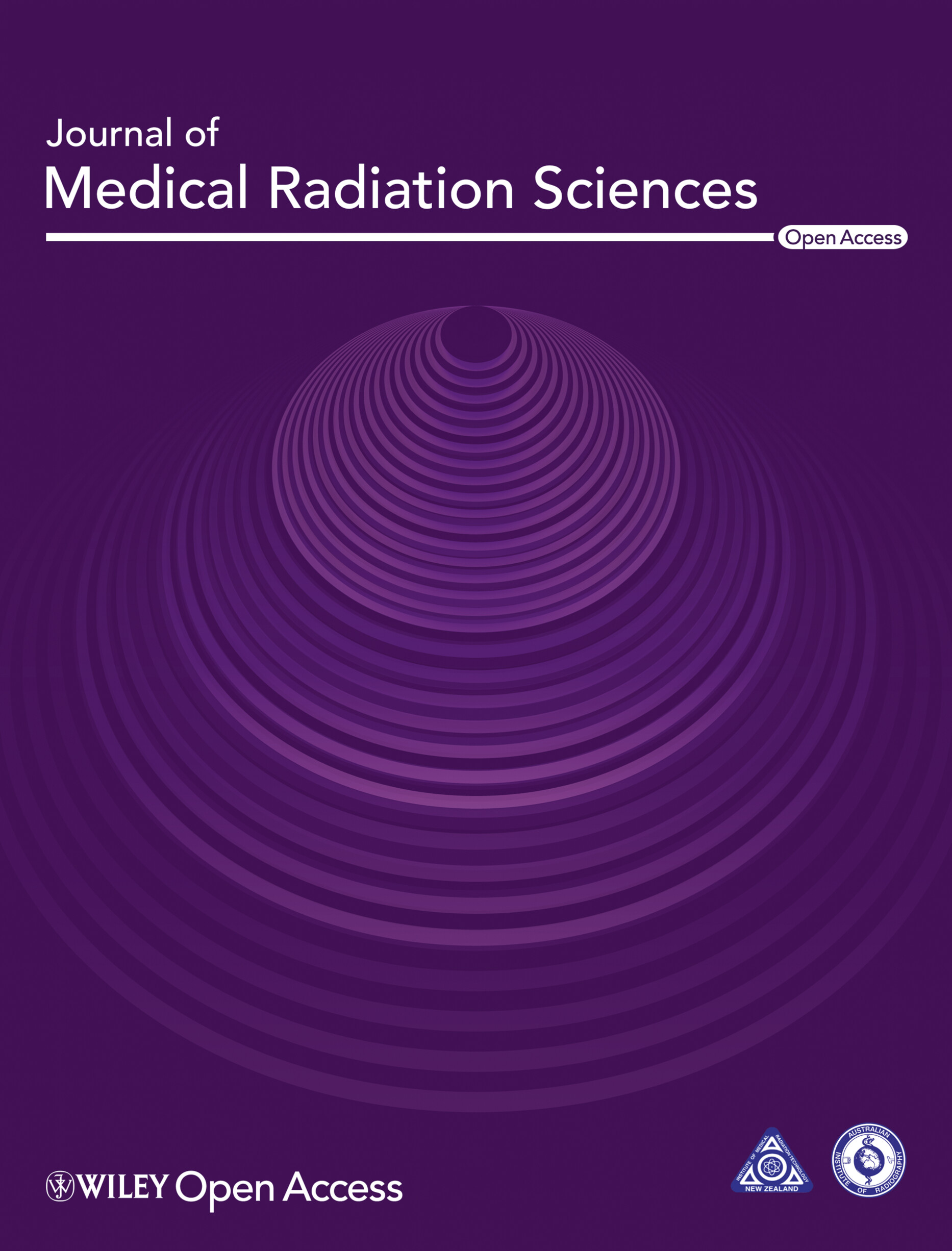
In a stretched healthcare system, radiographer preliminary image evaluation in the acute setting can be a means to optimise patient care by reducing error and increasing efficiencies in the patient journey. Radiographers have shown impressive accuracies in the provision of these initial evaluations, however, barriers such as a lack of confidence and increased workloads have been cited as a reason for radiographer reticence in engagement with this practice. With advances in Artificial Intelligence (AI) technology for assistance in clinical decision-making, and indication that this may increase confidence in diagnostic decision-making with reporting radiographers, the author of this editorial wonders what the impact of this technology might be on clinical decision-making by radiographers in the provision of Preliminary Image Evaluation (PIE).
The evolution of radiographers interpreting radiographs in Australia and New Zealand: Nomenclature matters
- Pages: 499-501
- First Published: 26 August 2024
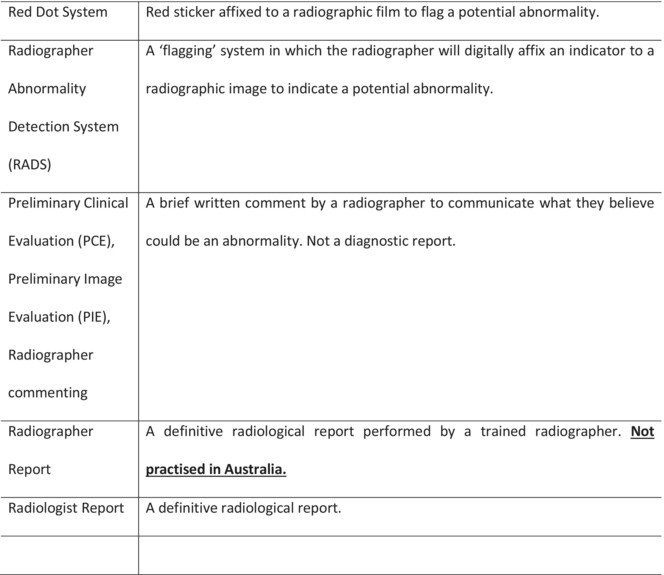
This editorial summarises the evolution and positive impact that radiographer preliminary image evaluation has on patient care. It also highlights the importance of using consistent and clear terminology when referring to when radiographers alert significant pathology to the referring clinical team and radiologists.
What place for radiographers? The appropriateness of preliminary image evaluation in New Zealand emergency departments
- Pages: 502-504
- First Published: 26 August 2024
Deep learning in image segmentation for cancer
- Pages: 505-508
- First Published: 06 November 2024
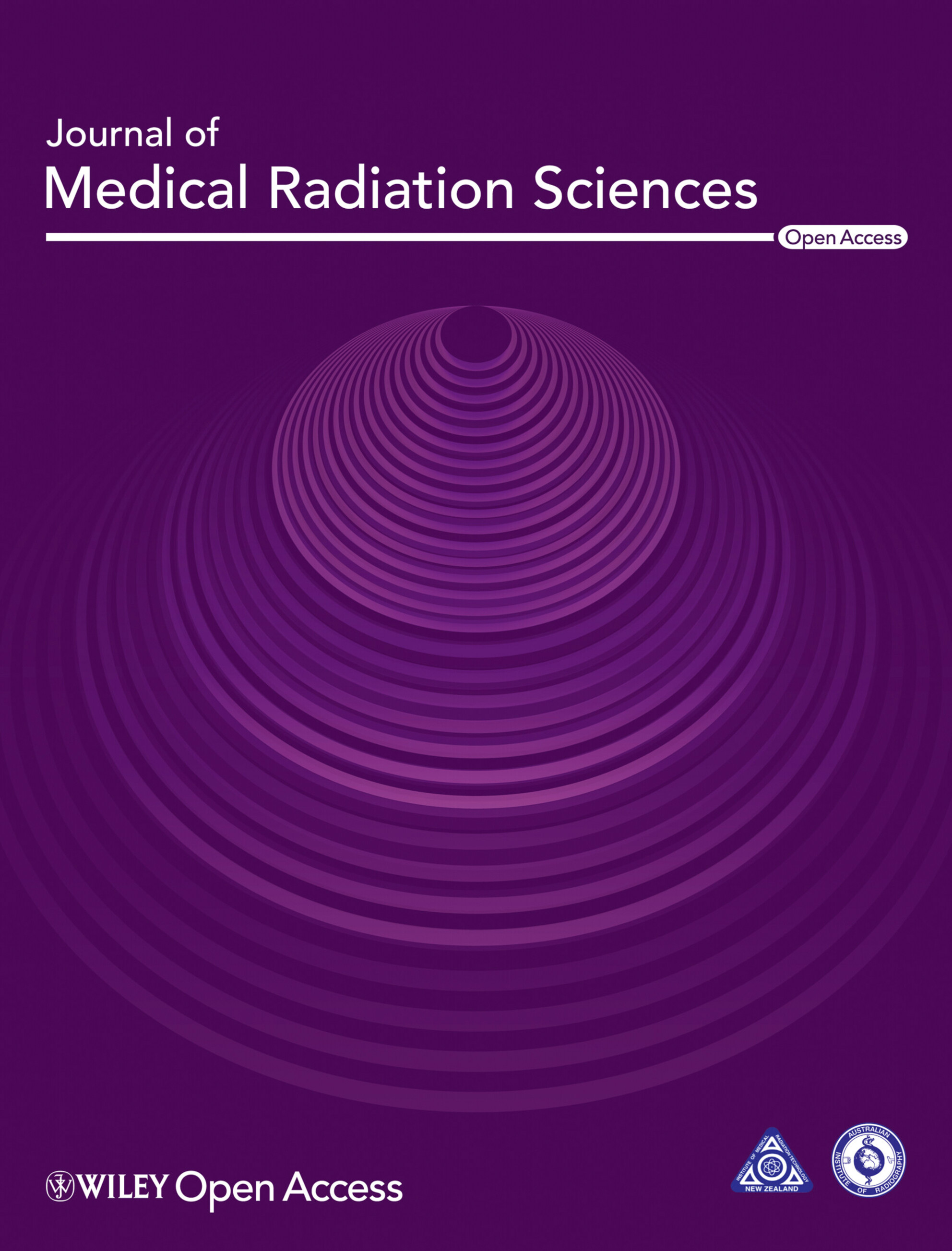
This article discusses the role of deep learning (DL) in cancer imaging, focusing on its applications for automatic image segmentation. It highlights two studies that demonstrate how U-Net- and convolutional neural networks–based architectures have improved the speed and accuracy of body composition analysis in CT scans and rectal tumour segmentation in MRI images. While the results are promising, the article stresses the need for further research to address issues like image quality variability across different imaging systems.
Original Article
Improved deep learning for automatic localisation and segmentation of rectal cancer on T2-weighted MRI
- Pages: 509-518
- First Published: 24 April 2024
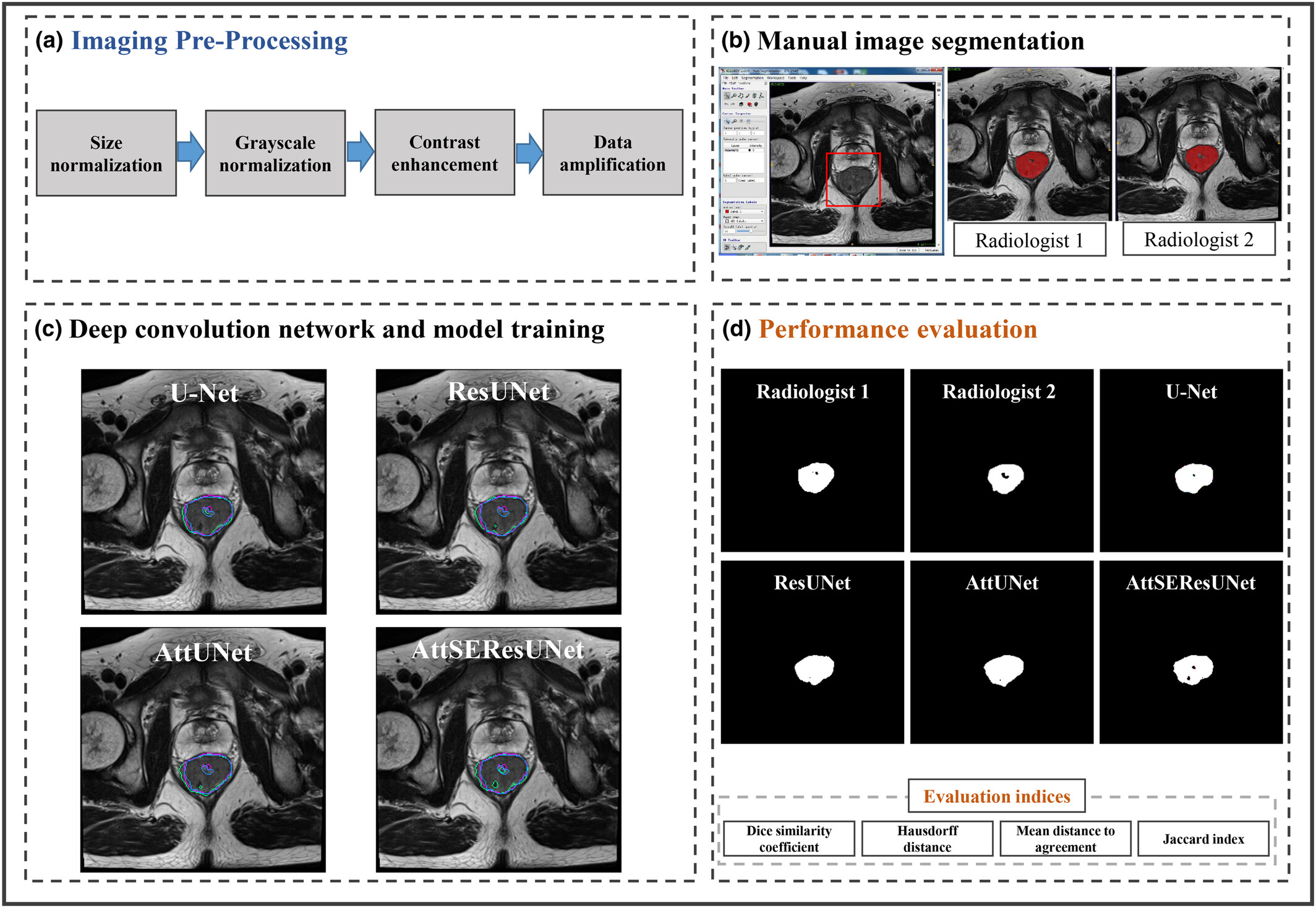
A novel automatic segmentation algorithm (named AttSEResUNet) was proposed for rectal cancer in axial T2WI images, which combines residual network with spatial attention and channel attention mechanisms. The AttSEResUNet model outperformed other three models and the segmentation variability of AttSEResUNet was similar to that of the inter-observer.
Using a new artificial intelligence-aided method to assess body composition CT segmentation in colorectal cancer patients
- Pages: 519-528
- First Published: 22 May 2024

The automated analysis of body composition using computed tomography (CT) slices plays a crucial role in understanding its relationship with clinical outcomes in colorectal cancer patients. This study aimed to assess the effectiveness of an AI-based model for automatic quantification of body composition from lumbar (L3) region CT slices in colorectal cancer patients.
Comparing immobilisation devices in gynaecological external beam radiotherapy: improving inter-fraction reproducibility of pelvic tilt
- Pages: 529-539
- First Published: 19 June 2024
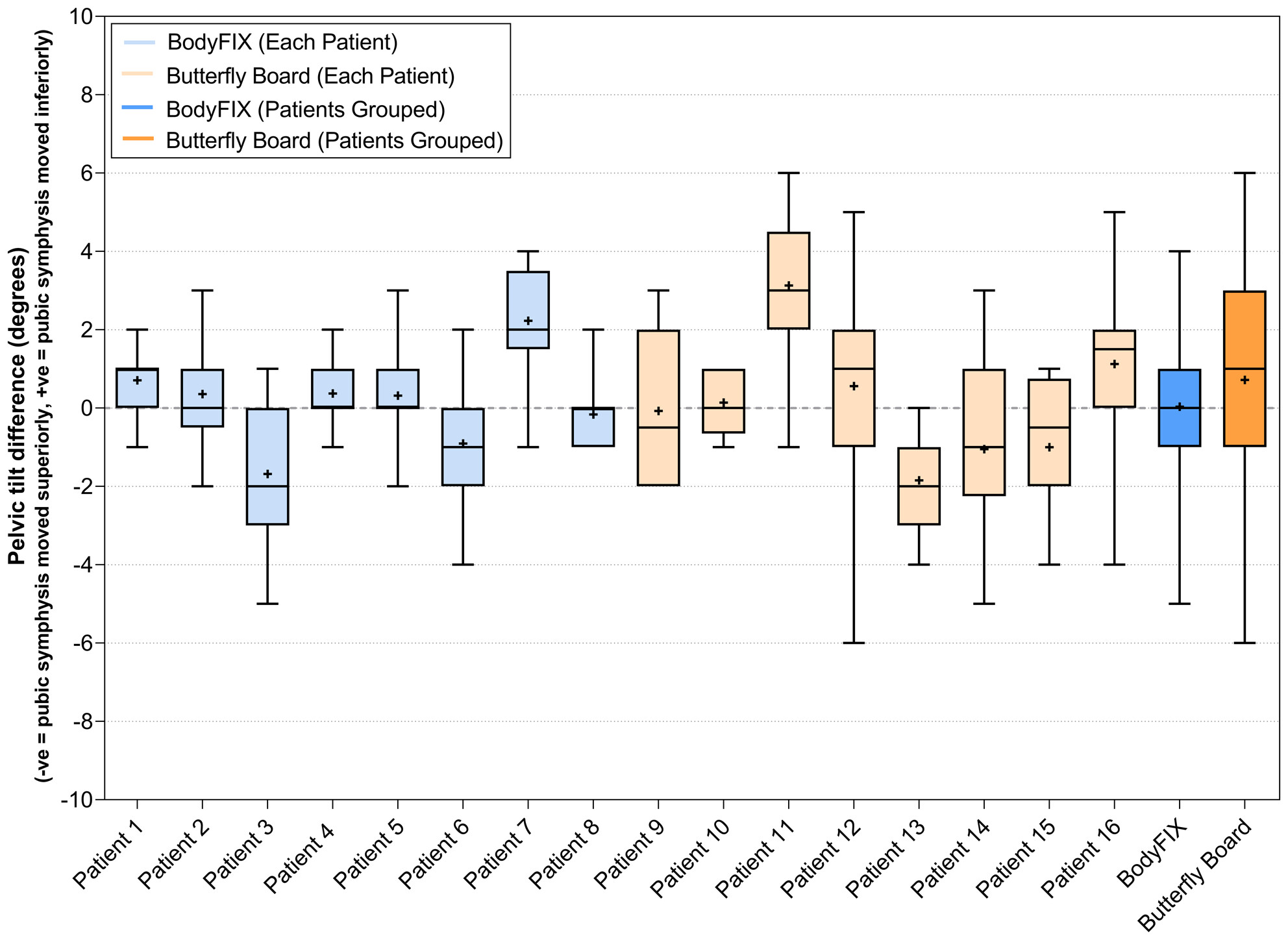
The use of the BodyFIX system reduced the pelvic tilt variance for gynaecological patients. This form of immobilisation also reduced the need for re-imaging pre-treatment by half, reducing imaging dose to the patients. Approximately 82% of departments who responded to the study survey reported seeing pelvic tilt on pre-treatment imaging indicating that this is an issue worth finding a strategy to combat. The BodyFIX system could result in more accurate and efficient treatment of gynaecological external beam radiotherapy patients.
Analysing false-positive errors when Australian radiographers use preliminary image evaluation
- Pages: 540-546
- First Published: 25 June 2024
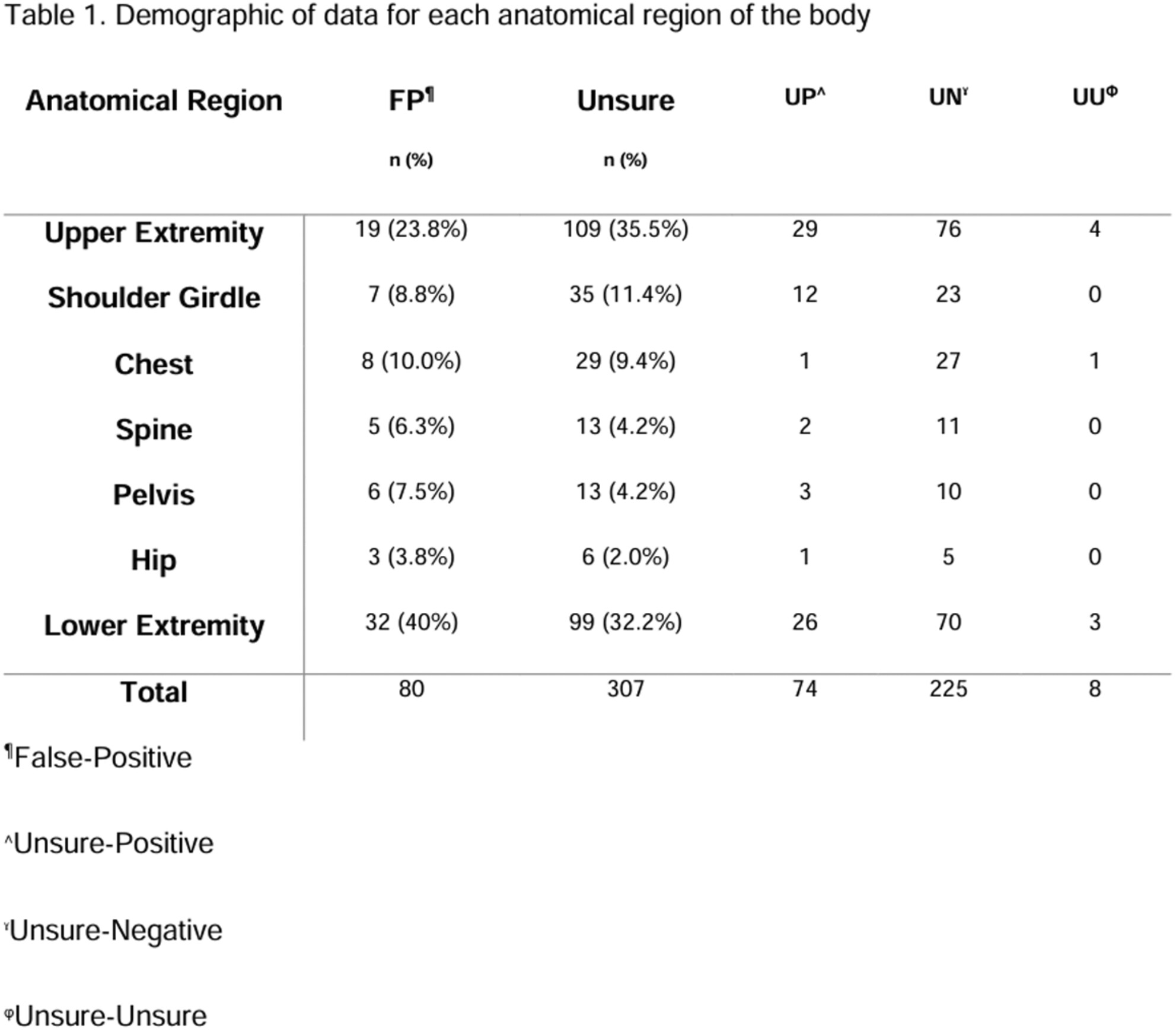
The purpose of this study was to investigate the regions of the body that cause the most false-positive errors. A longitudinal retrospective clinical audit was conducted to determine the accuracy of radiographer preliminary image evaluations over five years from January 2016 to December 2020. Findings in this study should be used to tailor education specific to radiographer image interpretation.
Workload as a predictor of radiographer preliminary image evaluation accuracy
- Pages: 547-554
- First Published: 02 July 2024
Evaluation of the clinical outcomes and patient satisfaction related to the use of internal eye shields for electron external beam radiation therapy
- Pages: 555-563
- First Published: 15 July 2024
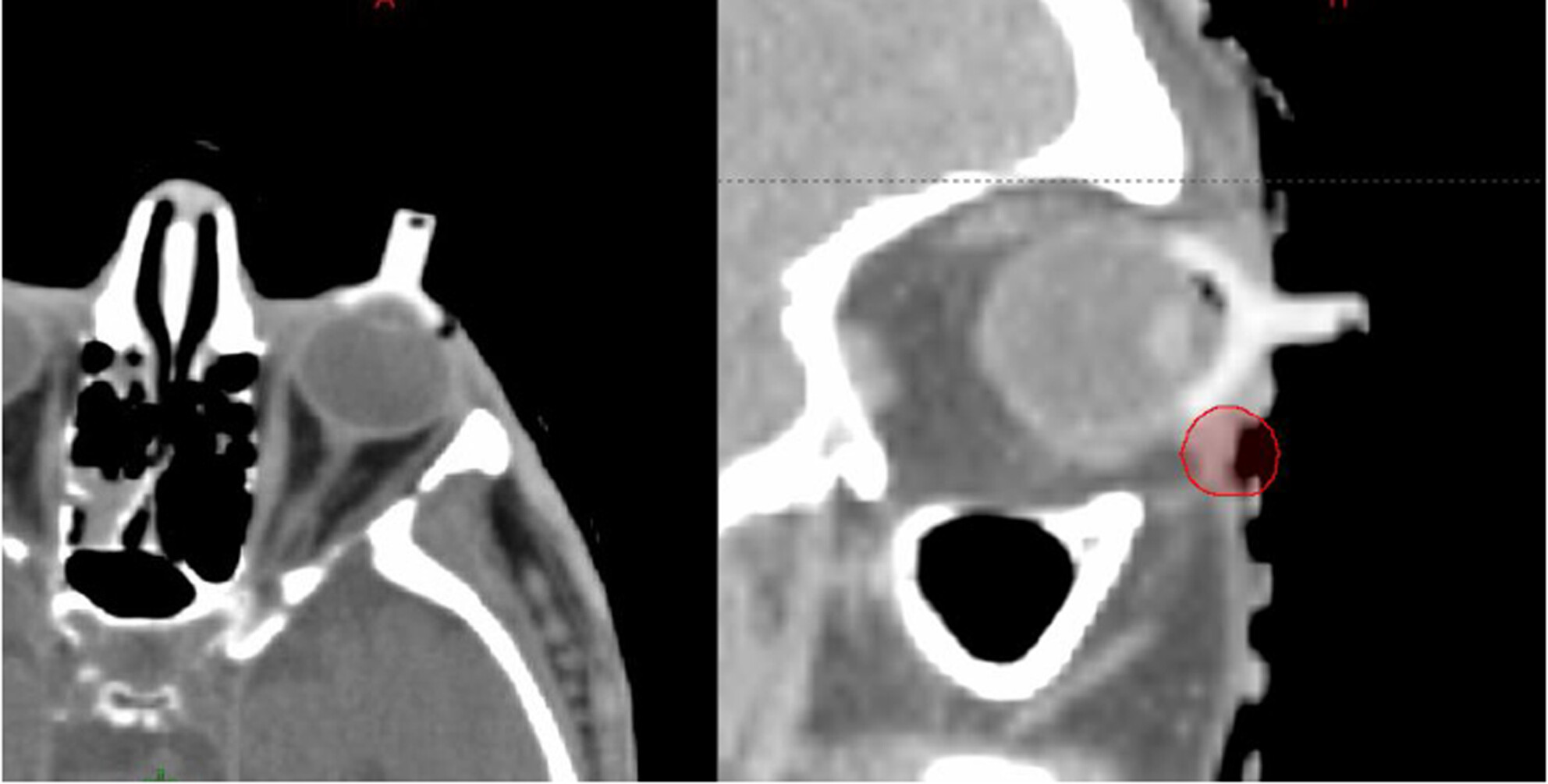
External beam radiation therapy using electrons and an internal eye shield is an alternative, relatively underreported technique which can provide similar cosmetic and functional outcomes. This report aimed to describe the process for the use of internal eye shields and the associated clinical outcomes and patient perceptions of the delivery and results of this procedure.
Operational challenges and collaborative solutions in radiology image interpretation: perspectives from imaging departments in a low-resource setting
- Pages: 564-572
- First Published: 01 August 2024
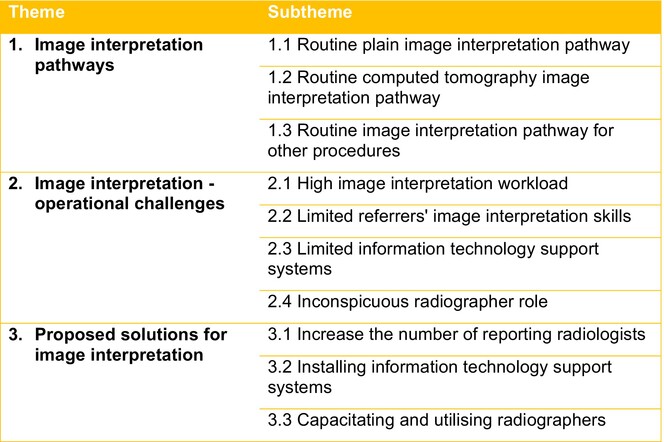
In resource-limited settings, radiology departments often face challenges such as radiologist shortages that impact image interpretation. This qualitative study explores the perceptions of radiographers and radiologists on these challenges and potential solutions. The research identified key themes related to image interpretation pathways, operational challenges and proposed solutions, which include increasing the number of radiologists, enhancing IT support systems, and empowering radiographers to take on interpretation roles through additional training.
Exploring the experiences of sonography students with simulation-based learning: A perspective from South Africa
- Pages: 573-581
- First Published: 12 August 2024
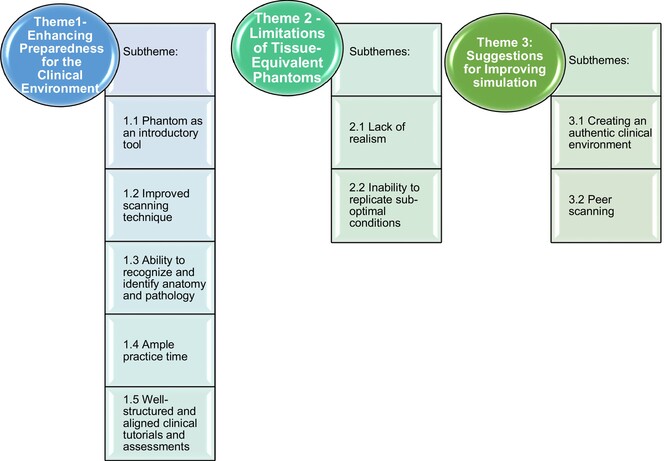
This study aimed to explore and describe the experiences of BSc second-year sonography students using simulation-based learning (SBL) as a form of clinical training prior to patient interaction at a University of Technology (UoT) in South Africa. Thematic analysis of the data revealed three themes: (1) Enhancing preparedness for the clinical environment, (2) Limitations of the tissue-equivalent phantom and (3) Suggestions for improving simulation learning.
Preliminary image evaluation performance of radiographers in one New Zealand District: a 6-month prospective study
- Pages: 582-590
- First Published: 26 August 2024
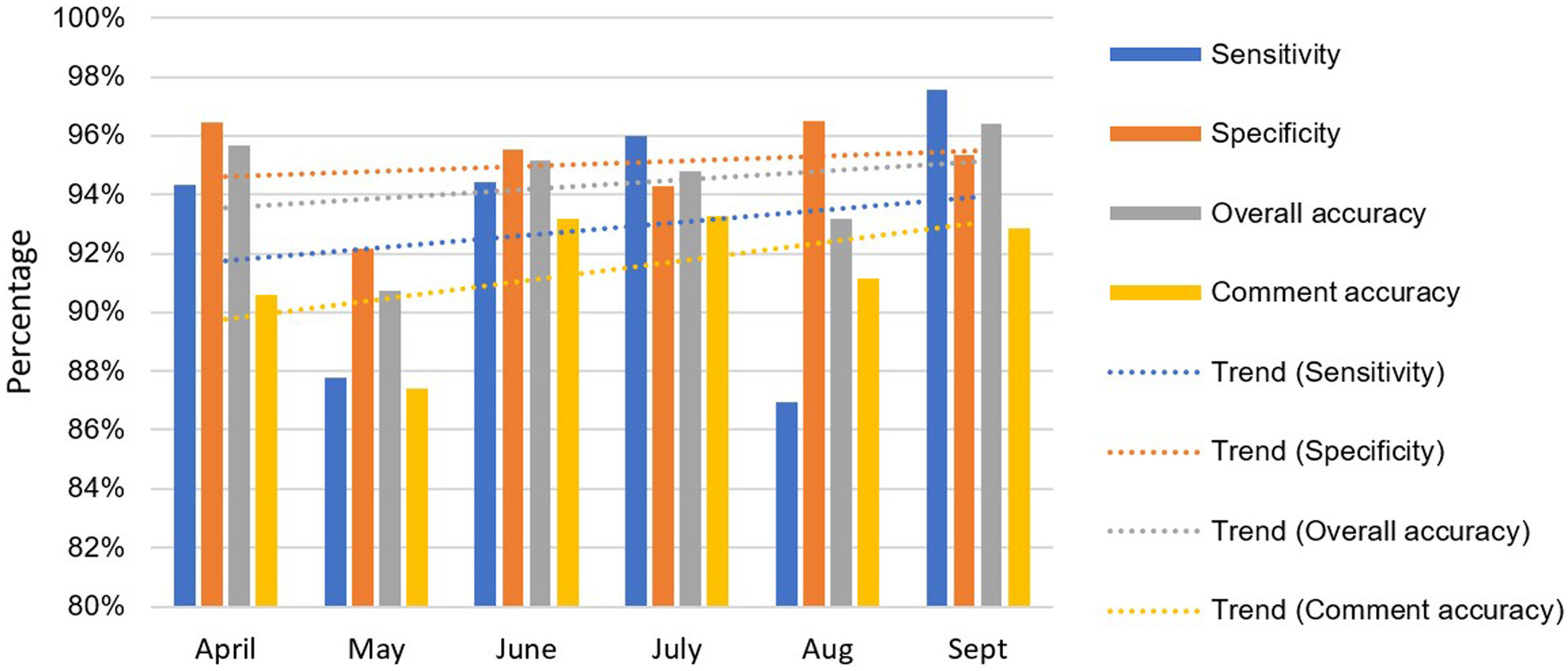
The aim of this study was to determine what effect regular feedback had on radiographers' performance when performing PIE in ED. A prospective longitudinal study design was used to analyse PIEs performed by radiographers for 6-months between 2 April and 30 September 2023. The findings of this study recommend participants in a PIE system receive ongoing feedback to provide confidence and support to ensure they can maintain their PIE performance.
Review Article
Improving radiology information systems for inclusivity of transgender and gender-diverse patients: what are the problems and what are the solutions? A systematic review
- Pages: 591-607
- First Published: 18 July 2024
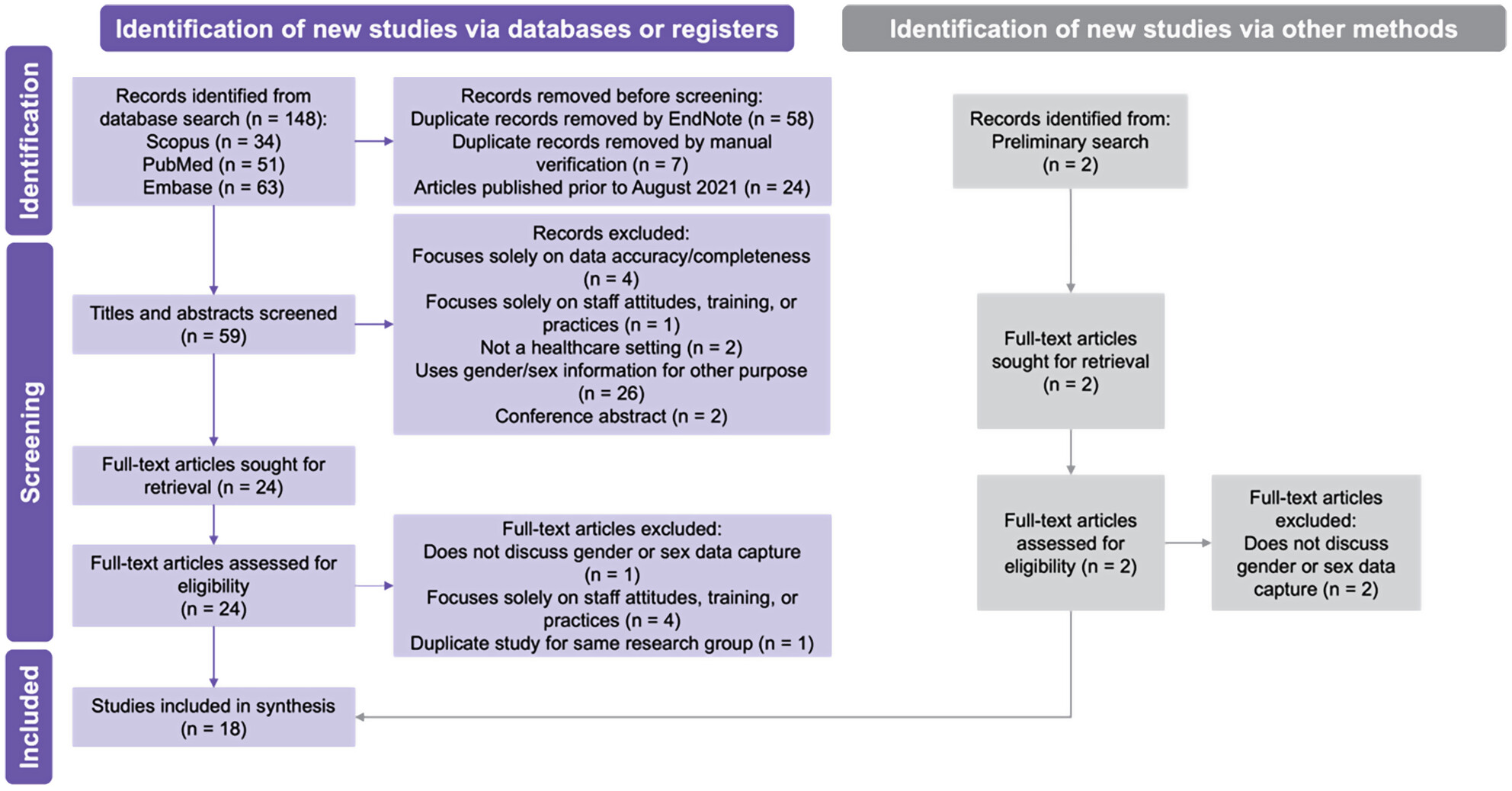
Current systems do not record the patient's name and pronouns appropriately, conflate sex and gender and treat sex and gender as a binary concept. This review indicates that current information systems used in medical radiation science and health care settings are inadequate to facilitate inclusive health care for transgender and gender-diverse patients.
Commentary
Cultural safety in radiation therapy education: Identifying knowledge deficits to improve Indigenous health practice
- Pages: 608-613
- First Published: 08 September 2024
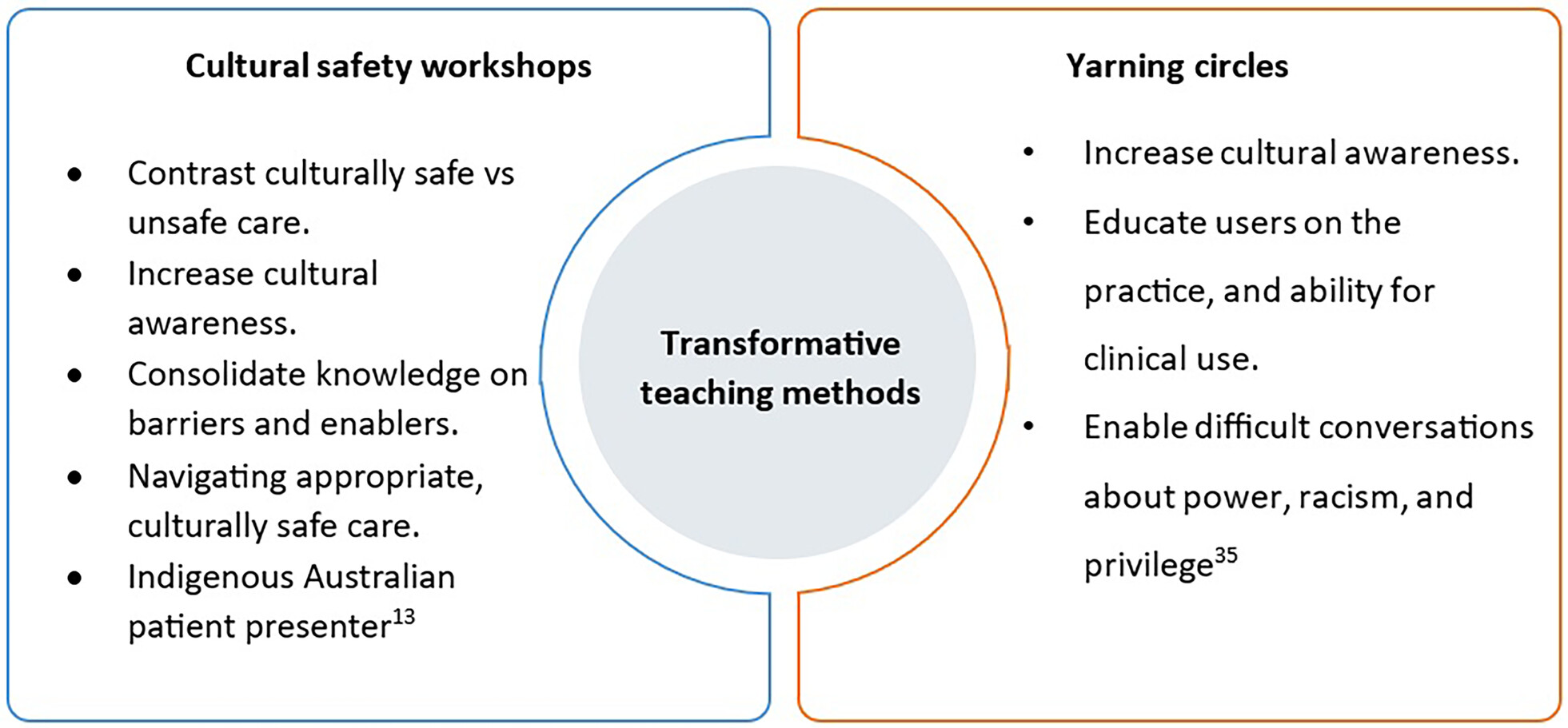
This commentary paper addresses cultural safety in the context of the radiation therapy profession and emphasises the importance of highlighting the impact of knowledge and practice gaps. The educational strategies to improve cultural awareness among undergraduate students and qualified Radiation Therapists (RTs) are explored. Curriculum integration and development of initiatives such as workshops and interactive yarning groups are highlighted as pivotal platforms that foster continuous learning in radiation therapy.
Continuing Professional Development
Continuing Professional Development - Medical Imaging
- Page: 614
- First Published: 20 September 2024
Continuing Professional Development - Radiation Therapy
- Page: 615
- First Published: 20 September 2024
Continuing Professional Development – Answers
- Pages: 616-617
- First Published: 12 December 2024
List of reviewers
Acknowledging the peer reviewers of Journal of Medical Radiation Sciences, October 2023–September 2024
- Pages: 618-620
- First Published: 03 December 2024




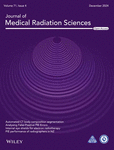
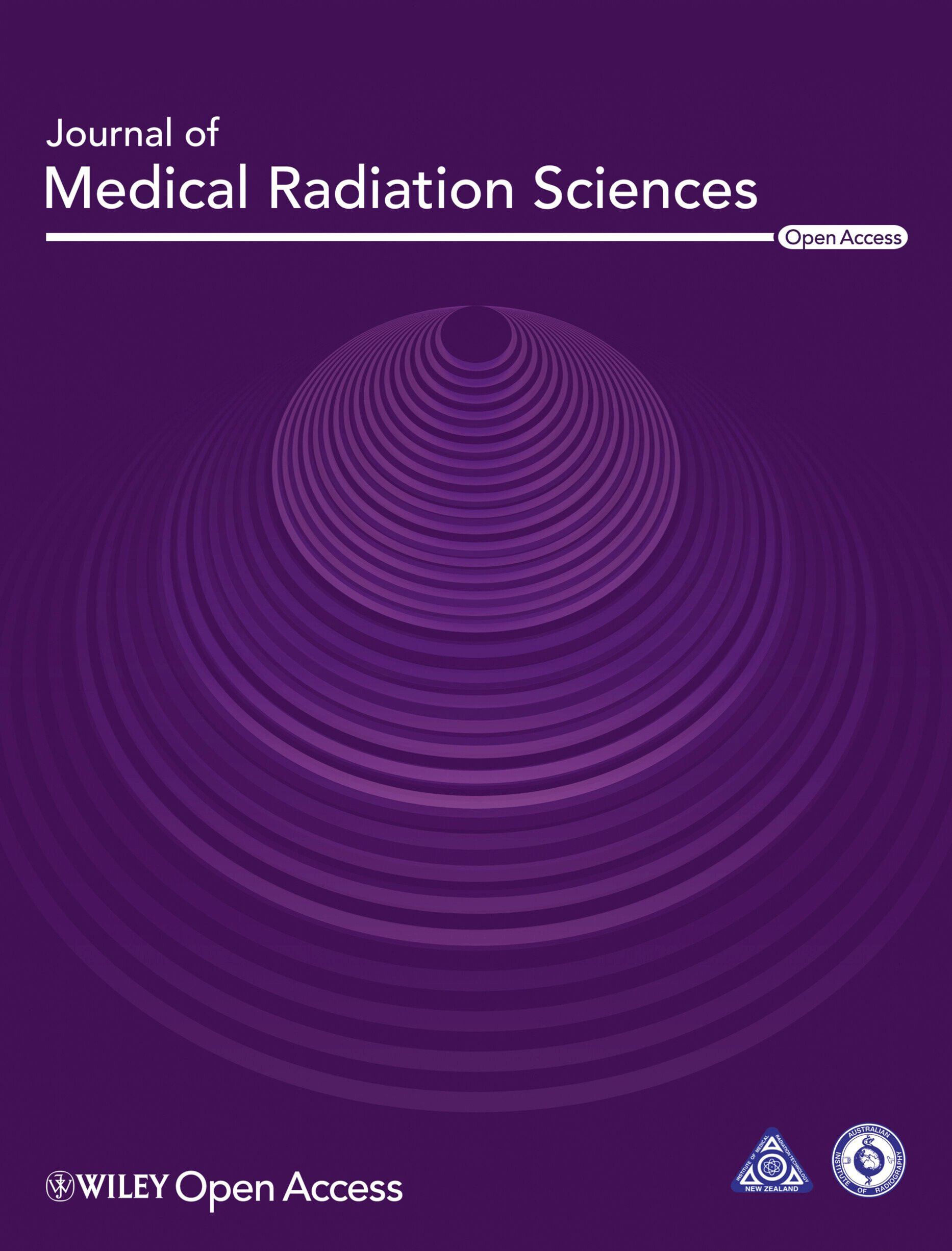
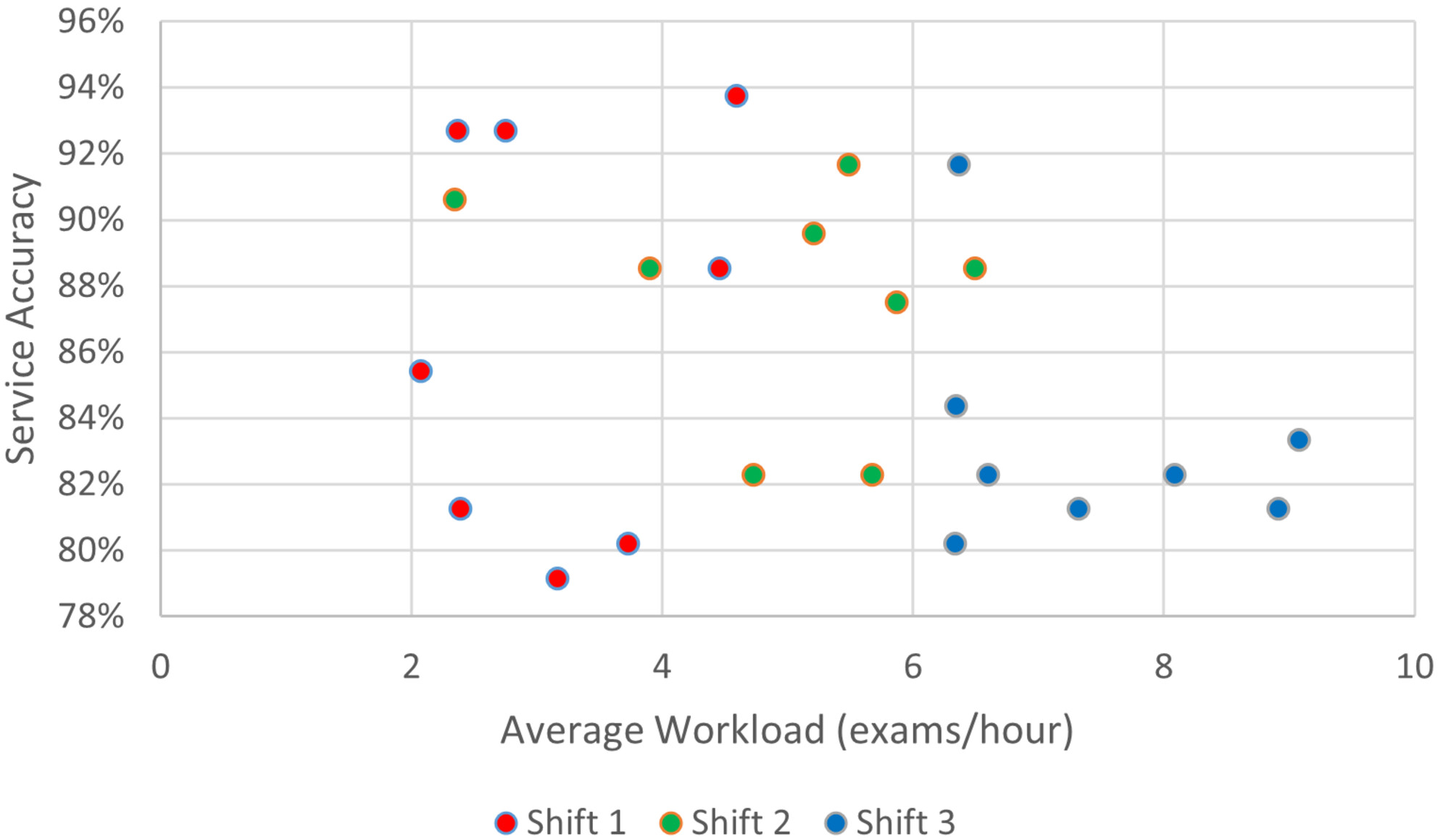

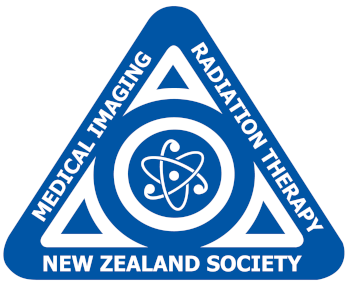


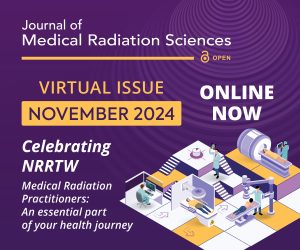


-1693813706.png)